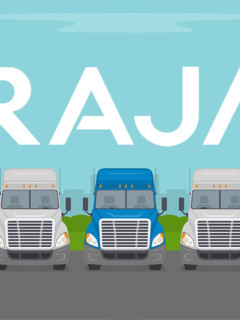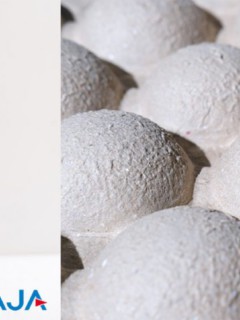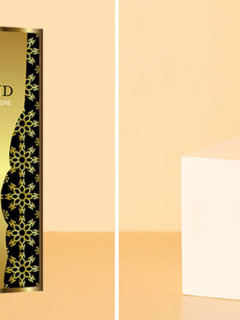One of the most frequently asked questions about waste separation is: What belongs in which bin? Whether grey, blue, yellow, green or brown bins – in Germany, every piece of waste has its place. However, there is a persistent suspicion that the rubbish is simply dumped back into the bin. Is waste separation worthwhile at all? Of course, the waste is not dumped together again, but processed separately. Paper becomes recycled paper and used glass is melted down and made into new glass. Old becomes new.
This creates a cycle that protects our environment. Valuable resources are saved, for example Paper recycling for example, no new trees are felled for virgin fibres, the waste paper becomes the valuable basis for the production of recycled paper.
Currently we live in throwaway mode1.5 kilogrammes of clothing, 85 kilogrammes of food and 25 kilogrammes of plastic packaging are thrown into the rubbish on average every year. Most households separate the waste, but not always correctly. What belongs in which bin?
Separating waste correctly – this is how it’s done
Each waste bin has its own colour. Usually yellow for recyclables – which includes plastics, metals, composite packaging and natural materials – black for residual waste, brown for organic waste and blue for paper, cardboard and carton.
This results in five waste categories. The following table shows what is disposed of in each category and what does not belong in the bin under any circumstances:
| Waste category | This is allowed | This is forbidden | Use |
| Lightweight packaging (LVP) |
|
|
Plastic recycling, paper recycling |
| Residual waste |
|
|
Waste incineration for energy generation |
| Organic waste |
|
|
Compost, biogas, energy |
| Paper, cardboard and carton |
|
|
Paper recycling |
Where to put old photos?
Photo paper is special paper that does not dissolve easily when recycled. Photo paper is therefore disposed of as residual waste.
How is baking paper disposed of?
Baking paper is coated with silicone and therefore also does not belong in waste paper, but in residual waste.
What bin should broken drinking glasses go in?
Even if waste glass is an obvious explanation, drinking glasses go in the residual waste. This is because glass has a higher melting point than bottles and is treated separately accordingly.
Where to put electrical appliances?
Electrical waste does not belong in any bin, in fact throwing it away is forbidden! This is because toxic substances should be isolated and valuable raw materials such as gold, rare earths and copper should be recycled. Every specialist dealer and recycling centre accepts e-waste.
Regional differences in waste separation
The average consumer separates his waste into the bins provided. However, there are additional regional differences here. In some cities and municipalities there is no separate organic waste bin. As a result, organic waste is disposed of with the residual waste. Elsewhere, frying fat may be disposed of in the organic waste bin, but not nationwide.
Not every municipality uses the yellow bag or the yellow bin either. Instead, a so-called recycling bin is used.
In many places, waste paper is collected by regional associations, but private companies have also recognised the value of this raw material and provide a free blue bin on request.
In some regions, used glass is collected, in others it is disposed of in containers provided for this purpose.
In order to be sure which regulation applies, one should in any case obtain information from the responsible authority. Many local authorities already offer online a so-called ABC of waste as well as advice by telephone.
Waste separation works!
Packaging can only be recycled if it is sorted correctly – the more sorted the better. The error rate is currently still very high, especially when it comes to separating residual waste and recyclable materials. Although sorting machines are available for further processing, they do not work nearly as well as the separation of household waste at home. With the campaign “Recycle your mind: Waste separation works“, a test campaign was launched to raise awareness for waste separation and recycling. In the coming year, the campaign will be rolled out across Germany to dispel common prejudices.
The clean separation of household waste helps to save resources and to see waste as a raw material for further processing, i.e. recycling. But despite waste separation and recycling, the focus should be on waste avoidance. After all, waste that is not generated is the easiest way to reduce the protect the environment.














